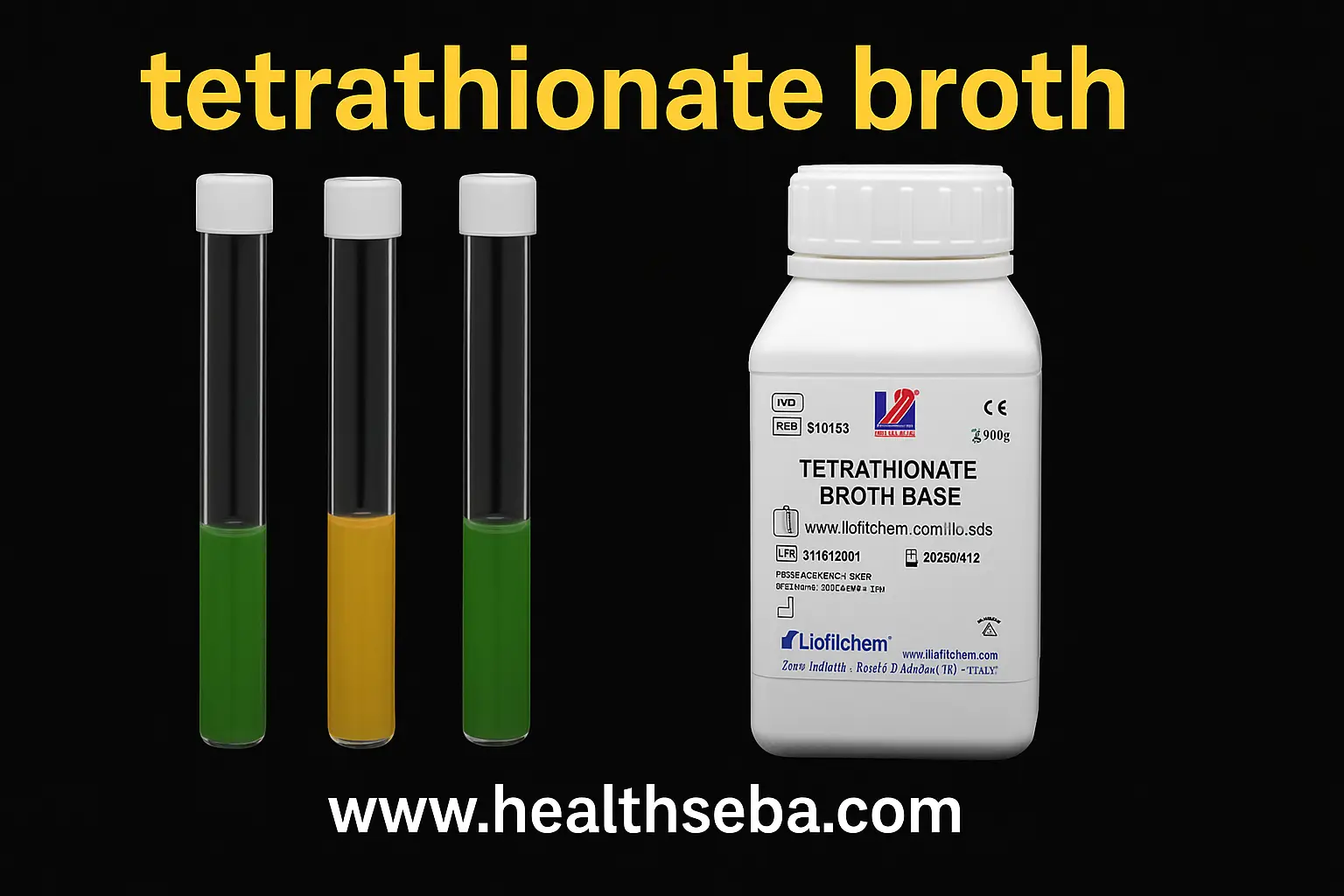Introduction
The Oxidase Test is an important biochemical test in microbiology used to determine the presence of the enzyme cytochrome c oxidase in bacteria.
This enzyme plays a role in the electron transport chain, transferring electrons to oxygen and helping bacteria produce energy through aerobic respiration.
It is mainly used to differentiate oxidase-positive organisms (e.g., Pseudomonas, Neisseria, Vibrio) from oxidase-negative organisms (e.g., Enterobacteriaceae).
Principle
The test is based on the ability of bacteria to produce cytochrome c oxidase.
A reagent such as tetramethyl-p-phenylenediamine dihydrochloride acts as an artificial electron donor.
In the presence of cytochrome c oxidase, the reagent is oxidized and turns dark purple/blue within 10–30 seconds.
Positive test → purple/blue color.
Negative test → no color change.
Procedure
Grow the bacterial culture on a non-selective medium (avoid MacConkey agar as it can interfere).
Place a small amount of the colony onto a filter paper impregnated with oxidase reagent (1% tetramethyl-p-phenylenediamine).
Observe for color change within 30 seconds.
⚠️ Important: Delayed color change (>60 seconds) should not be considered positive.
Interpretation
| Result | Observation | Interpretation |
|---|---|---|
| Positive | Purple/blue color within 30 sec | Bacteria produce cytochrome c oxidase |
| Negative | No color change / remains colorless | Bacteria lack cytochrome c oxidase |
Examples of Bacteria
✅ Oxidase Positive Bacteria
Pseudomonas aeruginosa
Neisseria gonorrhoeae
Neisseria meningitidis
Vibrio cholerae
Campylobacter jejuni
Aeromonas spp.
❌ Oxidase Negative Bacteria
Escherichia coli
Klebsiella pneumoniae
Salmonella spp.
Shigella spp.
Enterobacter spp.
Uses of Oxidase Test
Differentiates Pseudomonas (positive) from Enterobacteriaceae (negative).
Identifies Neisseria and Vibrio species.
Helps in rapid preliminary bacterial identification in clinical microbiology labs.
Important in distinguishing aerobic vs. facultative anaerobic Gram-negative bacilli.
Conclusion
The Oxidase Test is a quick and reliable biochemical test that detects cytochrome c oxidase activity in bacteria. It is particularly valuable in distinguishing oxidase-positive organisms (e.g., Pseudomonas, Vibrio, Neisseria) from oxidase-negative Enterobacteriaceae, making it highly useful in diagnostic microbiology.
Related Posts
Nausea During Pregnancy
Introduction Many women experience nausea, vomiting, or loss of appetite…


Tetrathionate Broth
Introduction Tetrathionate broth is a selective enrichment liquid medium used…